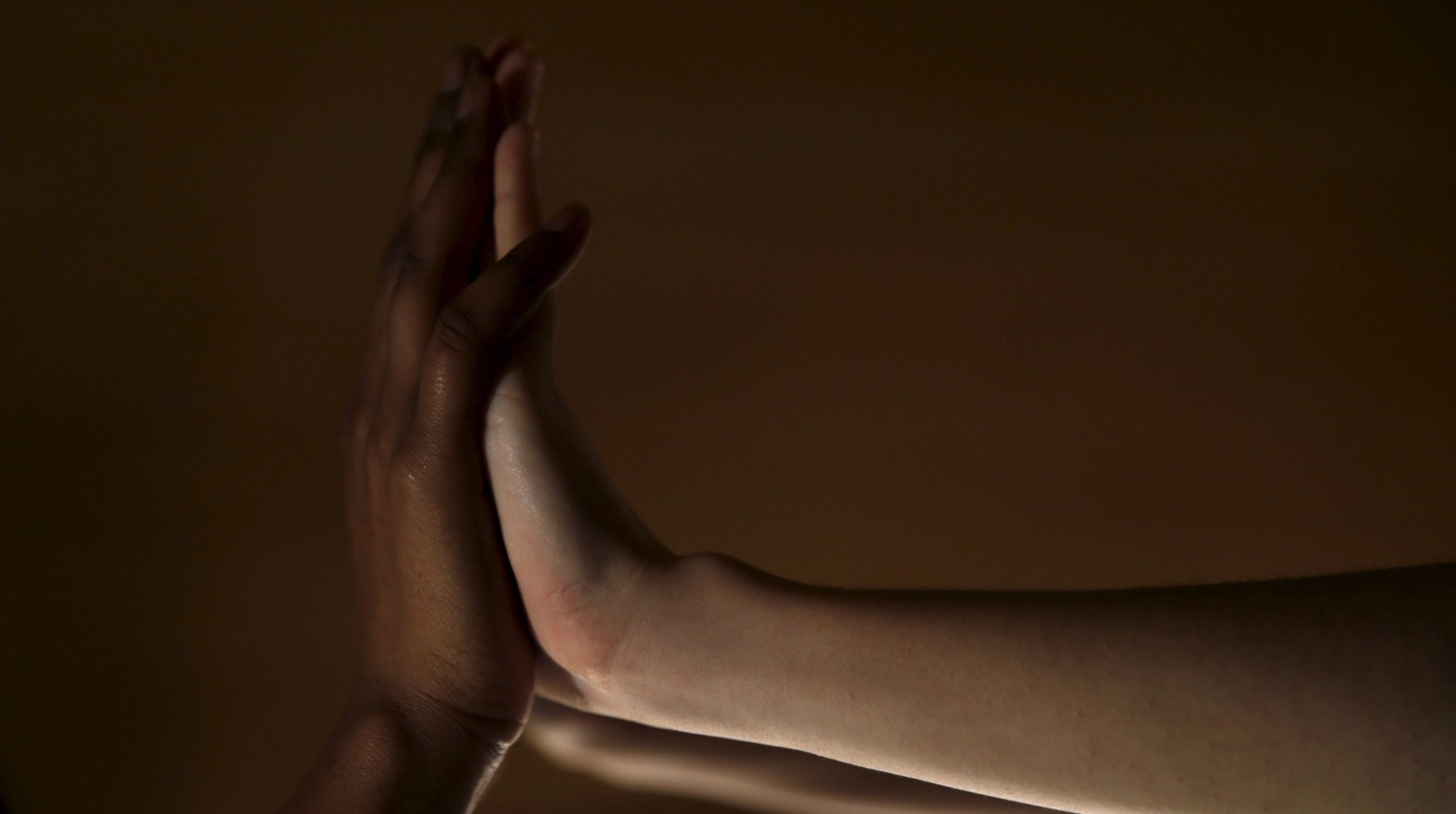Scientists found the gene that controls body awareness, a sort of human ‘sixth sense’
Body awareness, or proprioception, helps us navigate space and relate to the world around, just like vision or hearing or touch. It’s a sort of sixth sense that works in conjunction with the rest—and has now been linked to a specific gene in humans, PIEZO2.


Body awareness, or proprioception, helps us navigate space and relate to the world around, just like vision or hearing or touch. It’s a sort of sixth sense that works in conjunction with the rest—and has now been linked to a specific gene in humans, PIEZO2.
With the help of two patients suffering from rare neurological disorders, scientists determined that the gene PIEZO2 is key to mechanosensation in humans—the ability to receive and respond to mechanical stimuli. Mechanosensation is known to play a role in hearing, balance, touch, and pain, but it’s not well understood yet. The study’s two subjects both had mutations in the gene and in clinical tests both struggled with movement, balance, and some forms of touch, indicating the importance of the PIEZO2 in everyday functioning.
“The results establish that PIEZO2 is a touch and proprioception gene in humans. Understanding its role in these senses may provide clues to a variety of neurological disorders,” the study’s co-author Carsten G. Bonnemann, a senior investigator at the US National Institute of Neurological Disorders and Stroke (NINDS), explained in a statement. The research was published in the New England Journal of Medicine on Sept. 21.
PIEZO2 is a mechanosensitive protein, meaning it generates electrical nerve signals in response to changes in cell shape, like when a hand is pressed against a table. Previous studies in mice suggested that PIEZO2 is found in the neurons that control touch and proprioception. In light of this information, the researchers ran genetic tests on the two patients and noted that PIEZO2 wasn’t active in either. Clinical tests then explored the patients’ ability to navigate, sense of touch, and limb movements.
Both patients—one 11 years old and the other 19—underwent the same tests, examining their ability to walk, connect to objects, and feel touch, all while blindfolded. Walking without sight was difficult for the subjects and they staggered severely, needing assistance to stay up and navigate a short distance.
When the two patients with PIEZO2 mutation were blindfolded and asked to touch things, they performed much more poorly than a comparison group. They couldn’t reliably reach for an object in front of their faces or guess the direction their joints were being moved without looking.
The patients were also less sensitive to certain touches and responded to some touching unusually compared to the control group. For example, they couldn’t feel vibrations from a buzzing tuning fork, and experienced a sensation of prickliness when a hairy section of skin on their forearms was lightly brushed, a sensation that the control group experienced as pleasant.
All of this led the researchers to conclude that PIEZO2 production in humans is linked to proprioception, a sense that is not yet well understood but is increasingly considered important to our daily functioning. So now it’s back to the lab for the team from the NINDS, who will be developing more experiments to investigate this sixth sense.